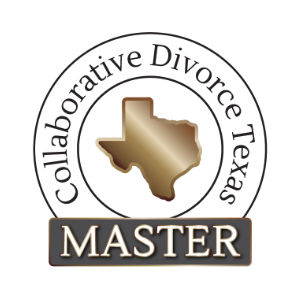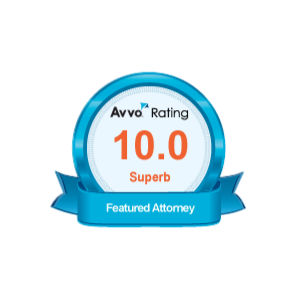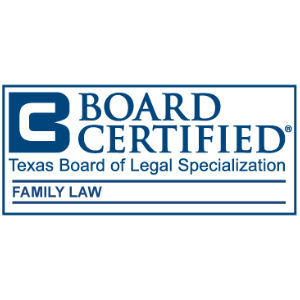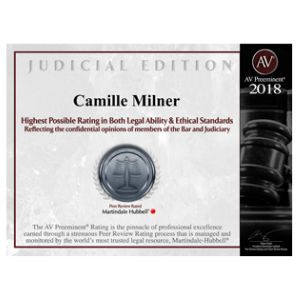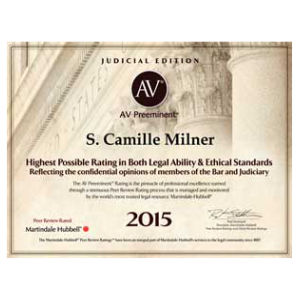Rich Heller is a counselor in New Rochelle, New York and hosts a podcast/webcast called, Rich in Relationships.
I read his blogs and listen and watch his podcasts/webcasts on a regular basis. Recently, he posted a blog called, How Handling Conflict Creatively Will Change Your Life, which I found particularly insightful and informative. While Rich is primarily focused on helping couples find their way back to marital/couples’ harmony, I find what he says as completely applicable to why the Collaborative Divorce Process is so much healthier than going to court for a divorce. Here is some of what he says:
Rich begins this blog with, “Negative conflict leads to pain, positive conflict to creative solutions. Most of us are either wired to avoid conflict or dive into it aggressively.”
Let’s think about that. The options available for divorce in Texas are Litigation (Court-managed, someone wins and someone loses, destructive, position-based, a process based on zero-sum game rules) and the Collaborative Divorce Process (creative solutions based on the parties’ interests and goals, which usually include protecting/preserving their estates and the emotional well-being of their children and family).
Rich goes on to say, “Creative conflict is the way to take different perspectives, even apparently opposing ones, and generate something new!” What would that something new be in a divorce? It won’t be easy and it won’t be overnight, but we have seen countless couples learn to be co-parents and even better friends than they were as a married couple because the process does not focus on the past and retribution, but on the future. The past is not ignored, but it is not the primary or single focus of the case, in contrast to what happens in litigation, which is focused on the past and making the other party pay for bad acts in the past. You can see why litigation (court-managed) does not lend itself to building a positive co-parenting future or healing either party or their family members.
Rich Heller recommends, “Taking Responsibility of the Conflict.” What does that mean?
It doesn’t mean just turning a blind eye, so to speak, to bad past acts of the other side. He says negative conflict is based on anger and fear, but with help, we can learn to put our ‘position on hold,’ and listen to the other side’s perspective with curiosity and an authentic desire to understand where the other person is coming from rather than looking for an opportunity to punish them. Rich says, people often have the same or similar core values, but they may prioritize them in different orders. In the Collaborative Divorce process, because the focus is on the parties’ interests and goals, we can effectively come to a compromise which is a “win-win” solution because, while it may not give either side 100% of their goals and interests, “both people walk away with their most important values and principles fulfilled in the agreement.” Rich says, by doing this, “…we are not ignoring negative emotions but resolving them by creating something new, a positive, mutually beneficial resolution.” Don’t you, your children, your family and maybe even your soon to be ex-spouse deserve this?
If you or a friend or family member want to know more about Collaborative Divorce or litigation, please contact me at www.milner-law.com, by email at camille@milner-law.com, or by phone at 940-383-2674.



